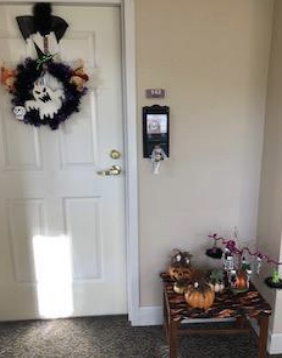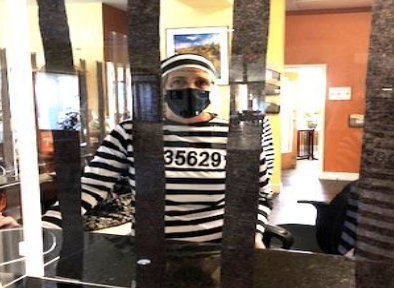Between all the candy, the costumes, and the mischief-making, you may not realize that Halloween can be traced back to the ancient Celtic festival of Samhain. The festival originally celebrated the new year on November 1st, marking the end of summer and the beginning of the dark, cold winter. They believed that on the night before the new year, the ghosts of the dead returned. Over time, Halloween has become more about community than about ghosts and witchcraft. Halloween parties focusing on games, food, and dress-up for both children and adults has become the most common way to celebrate the holiday.
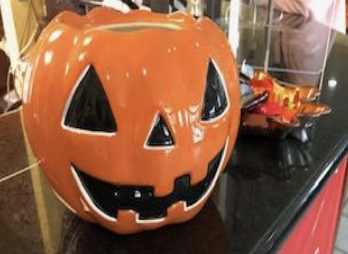
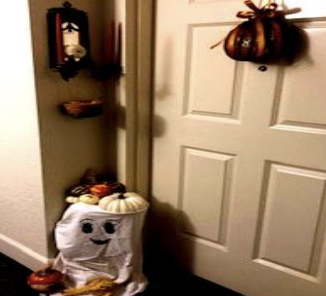
The tradition of trick-or-treating dates back to the early All Souls’ Day parades in England. During these festivities, poor citizens would beg for food and families would give them pastries called “soul cakes”, as the beggars would promise to pray for the family’s dead relatives.
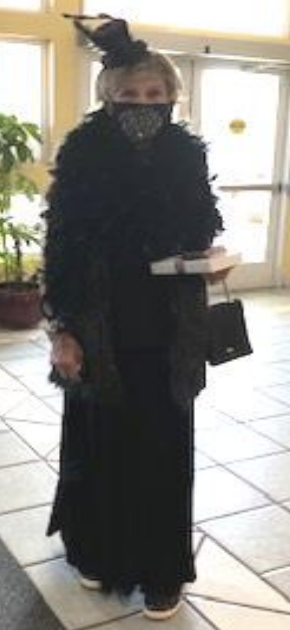
A lot of our commonly held superstitions are also from this time of the year. For example, we avoid crossing paths with black cats, afraid that they might bring us bad luck. This idea has its roots in the Middle Ages when many people thought witches turned themselves into black cats. We try not to walk under ladders for the same reason. This superstition may have come from the ancient Egyptians, who believed that triangles were sacred. And we try to avoid breaking mirrors, stepping on cracks in the road, or spilling salt, especially during Halloween.
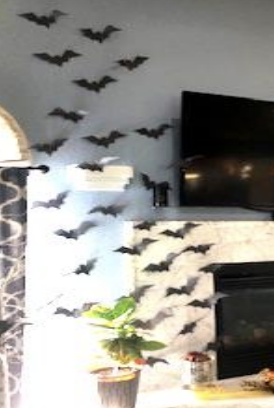
Of course, whether we’re trying to avoid seven years of bad luck or black cats, each one of these Halloween superstitions relies on the same “spirits” the early Celts felt so strongly about. Through the years, the Celtic festival has taken on new meaning and a favorite American holiday tradition was born. Today, Americans spend an estimated $6 billion annually on Halloween, making it the country’s second-largest commercial holiday after Christmas!
